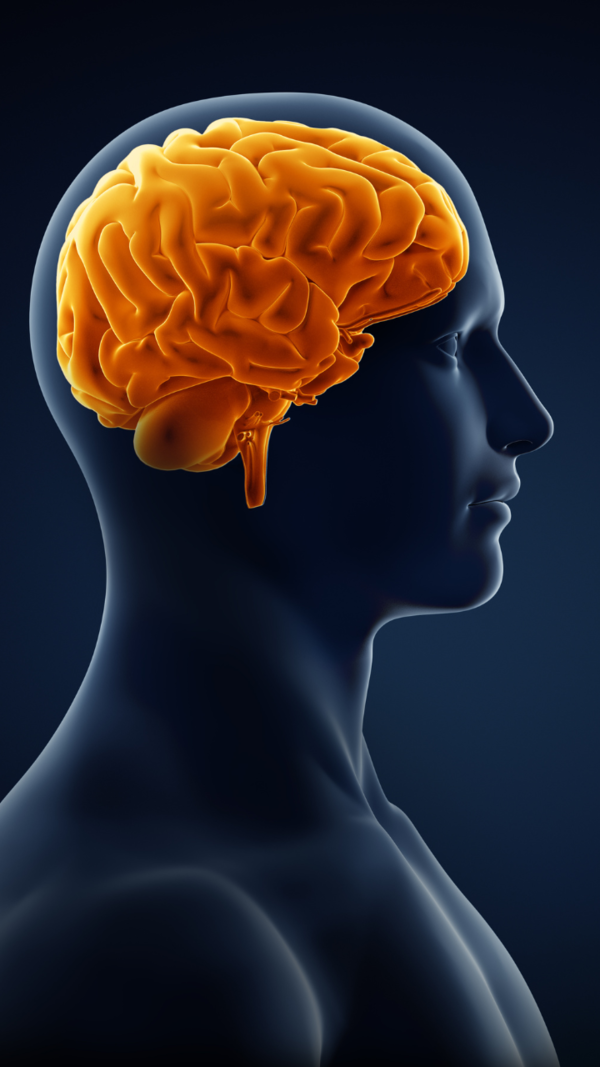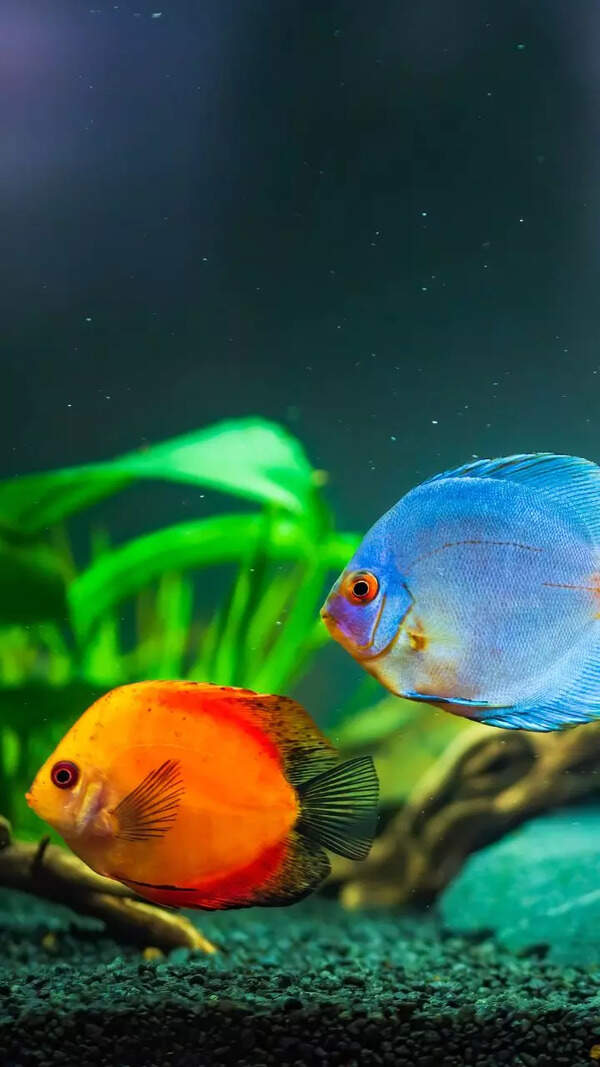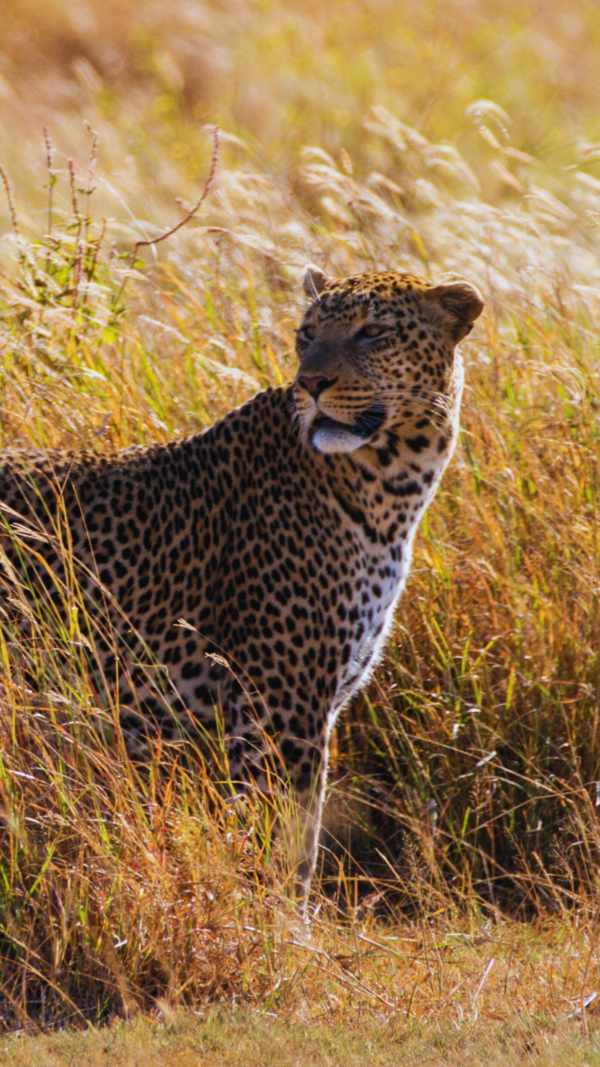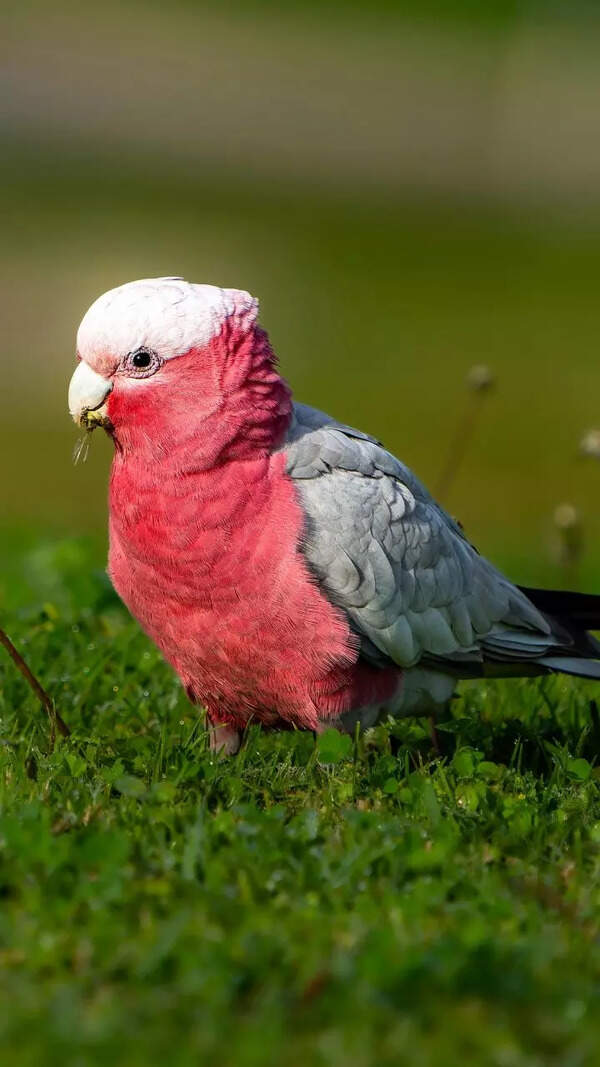The Uchiha clan in Naruto are a tragic, yet powerful clan known for their amazing eyes. Yet behind all their power is a tremendous moral burden — the Curse of Hatred — that forged many of the series’ greatest champions and antagonists.
For those of you who haven’t heard about Naruto, this long-running anime and manga series produced in Japan is the story of a young ninja named Naruto Uzumaki, who aspires to become the strongest leader in his village, the Hokage.
Though the adventure is packed with action, companionship, and loyalty, the narrative digs just as fiercely into subjects such as trauma, parental legacy, and the cost of emotional trauma.
One of the saddest subplots in Naruto is that of the Uchiha clan and an unknown emotional legacy inherited through the bloodline — called the Curse of Hatred.
What Is the Uchiha curse of hatred?
Photo from Shippuden episode 22 The Uchiha are well known as one of the most powerful clans in the entirety of the Naruto universe. Their signature ability is the Sharingan, a red eye technique that grants them improved perception and combat foresight. There’s a tragic twist — the Sharingan is only awakened through great emotional suffering, particularly the loss of someone they care for deeply.
This link between grief and power is one aspect of what’s referred to as the Curse of Hatred. It’s a mental, emotional, and chakra cycle in which the more an Uchiha experiences pain and loss, the greater they are rendered. This curse at times leads them to rage, retribution, and seclusion.
Indra vs. Asura: The first clash of love and power
The roots of this curse and the inequity that follows its development stretch all the way back to the sons of the Sage of Six Paths, an immortal, godlike character who birthed chakra and ninjutsu to the world. His elder son, Indra—over the course of millennia—was a genius who came to realize that power was the secret to peace. The younger son, Asura, on the other hand, was a believer in love and the power of working together.
Yet, when the Sage decided on Asura as his successor, Indra was filled with jealousy and fury. Well, that bitterness inherited through Indra’s descendants ultimately manifesting itself as the Uchiha clan. The Senju clan, descendants of Asura, became their bitter, unstoppable enemies.
This clash between Indra’s hatred and Asura’s love, established as the two sons’ inheritance that fueled Naruto’s world, left the Uchiha twisted in an endless loop of betrayal and misfortune.
Power through pain is a troubling shift
Their greatest weapon, the Sharingan, is an extension of this emotional depth. The eye opens once these warriors of the light face heart wrenching trauma, almost always the loss of a loved one. To obtain the Mangekyo Sharingan, the next level, the suffering needs to be worse. This usually includes dying, treason, or conflict.
Characters such as Itachi, Sasuke, Obito, and Shisui all gained their Mangekyo after devastating tragedies. When the curse made them stronger, it made them colder, angrier and more dangerous.
This beautiful connection of trauma and resilience is the essence of the Curse of Hatred.
In Naruto, the deadly effect of the curse, from Madara to Sasuke
For the rest of Naruto, we are subjected to the sad truths about the curse that further demonstrates its insidious power to warp the purest of souls.
As a leader, Madara Uchiha let his arrogance and lust for vengeance take over when he lost hope in achieving peace.
Obito Uchiha, once a wide-eyed believer in the power of friendship, after losing his childhood love interest to some bad guys lost all hope in the world and became a big bad villain.
Sasuke Uchiha, Naruto’s rival and best friend, wanted revenge above all after his brother Itachi murdered their family.
Even Itachi, who appeared calm and noble, chose to do the terrible act of killing his entire clan to prevent a civil war. This act was motivated by reason but by the curse’s dreadful power.
Not every Uchiha succumbed to hate. Characters such as Sarada (Sasuke’s Daughter) and Kagami proved that love and loyalty were enough to end the cycle.
Naruto’s friendship stopped the cycle of Hate
The Curse of Hatred was never really about magic or bloodlines — it was about the cycle of pain that the Uchiha created by reacting badly to pain. Even though so many succumbed to the shadows, their stories, like those of Kierra and Daz, showed that healing is not only a dream—it’s an achievable reality.
Naruto Uzumaki, who even though he wasn’t an Uchiha, nevertheless helped break this curse in a monumental way. Just like his friendship and belief in him pulled Sasuke back from the edge and allowed him to end the Uchiha’s long cycle of revenge.
In the next generation, Sasuke’s daughter Sarada Uchiha exhibits no signs of hatred or darkness. She’s driven, conscientious, and motivated by the dream of becoming a leader for peace. Her journey to victory just might be the one to lift the sports curse for good.
The Uchiha Curse continues to resonate with fans for several reasons:
- Complex Characters: The Uchiha clan members are often portrayed with deep backstories and intricate motivations, making them relatable and compelling.
- Tragic Themes: Themes of loss, betrayal, and revenge are prevalent in Uchiha narratives, drawing in fans who appreciate emotional depth.
- Power Struggles: The pursuit of power and the consequences that come with it are central to Uchiha stories, sparking discussions about morality and ambition.
- Legacy and Identity: The exploration of legacy within the Uchiha clan allows fans to reflect on their own identities and familial ties.
- Cultural Impact: The Uchiha clan has left a significant mark on the Naruto series and the broader anime community, ensuring its continued relevance.
A beautiful, sad tale about love, death and forgiveness
The Curse of Hatred is one of the most potent emotional currents running through Naruto. It is an exploration of how love can curdle into hurt and how that hurt can either beat you down or build you up into something new. It’s a reminder that even the mightiest warriors have battle wounds, and that often the toughest fight of all happens within us.
Even today, fans are still picking apart, identifying, and deconstructing the Uchiha’s arc due to its profoundly human nature. Their potent combination of grief, power, family, and forgiveness combined to make their saga one of the most epic and iconic in anime history.









